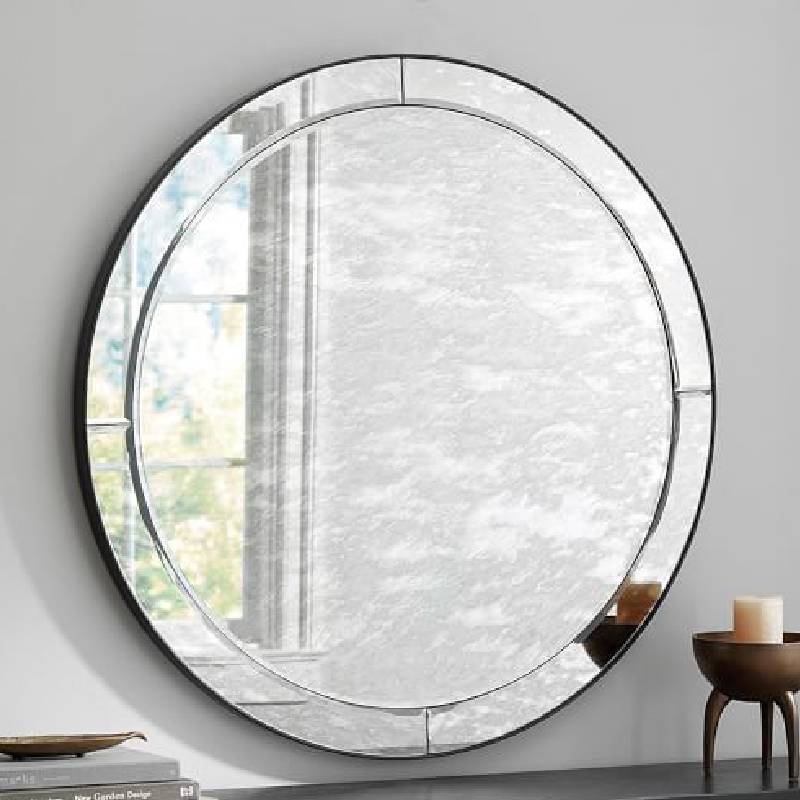

Understanding Triple Low E Glass A Game Changer in Energy Efficiency
In recent years, energy efficiency has become a critical focus for homeowners, builders, and architects alike. One of the most innovative solutions that has emerged in this context is triple low E (emissivity) glass. This advanced glazing technology plays a significant role in enhancing thermal performance while maintaining aesthetic appeal.
What is Triple Low E Glass?
Triple low E glass refers to a window pane system that consists of three layers of glass, with each layer coated with a low emissivity (low E) coating. The low E coating is a thin layer of metallic material that reflects heat back into the room during the winter while deflecting solar heat in the summer. This advanced feature effectively controls the transfer of heat, making homes and buildings significantly more energy-efficient.
How Does It Work?
The function of triple low E glass is primarily based on its unique structure and coatings. In addition to the three layers of glass, the spaces between each pane are typically filled with argon or krypton gas, which further enhances insulation. This gas is denser than air, reducing heat flow and improving the overall thermal performance of the window. The result is a reduction in energy consumption, leading to lower utility bills and a decreased carbon footprint.
Benefits of Triple Low E Glass

1. Enhanced Energy Efficiency By significantly reducing heat transfer, triple low E glass can cut heating and cooling costs by up to 30%. This can be particularly beneficial in regions with extreme temperature variations.
2. Increased Comfort With improved insulation, indoor temperatures remain consistent, providing a more comfortable living environment. Homes with triple low E glass experience fewer drafts and cold spots.
3. UV Protection The low E coating also blocks a significant amount of ultraviolet (UV) light, which can fade furniture, carpets, and artwork. By reducing UV exposure, homeowners can preserve the integrity of their interiors.
4. Noise Reduction The multiple layers of glass and gas fill provide excellent sound insulation, making triple low E glass an ideal choice for homes located in noisy areas.
5. Environmental Impact By improving energy efficiency and reducing reliance on heating and cooling systems, triple low E glass aids in lowering greenhouse gas emissions. This makes it an environmentally friendly choice for sustainable building practices.
Conclusion
Triple low E glass represents a significant advancement in window technology, marrying aesthetics with functionality. As energy efficiency continues to gain importance in construction and renovation projects, the demand for products like triple low E glass is expected to rise. By choosing this innovative solution, homeowners not only enhance the comfort of their living spaces but also contribute to a more sustainable future. With its myriad benefits, triple low E glass stands out as a key player in the quest for energy-efficient building materials.